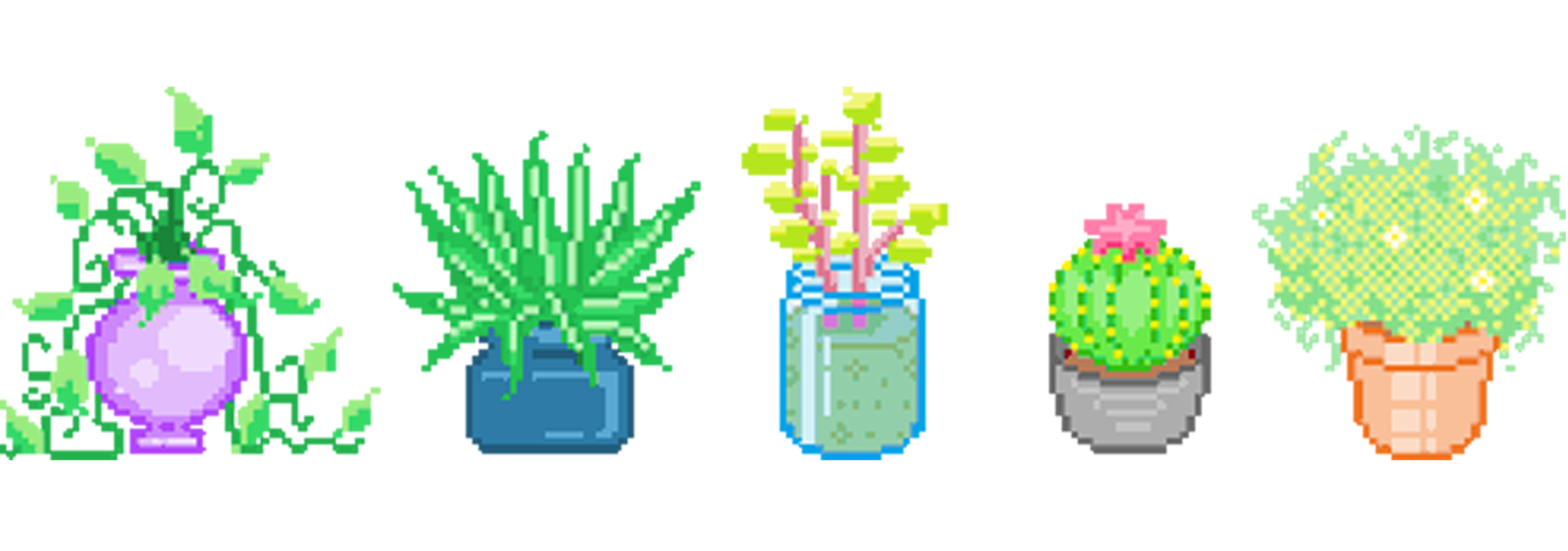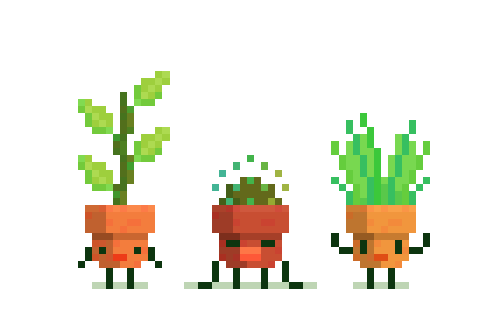For me, it looks like a deficiency. What fertilizer and water do you use?
Also, how do you use the pon? AFAIK, pon needs to cycle between dry and wet, or else the roots might suffocate. Do you use a submerged, or a wick setup?
The roots should be buried, or else they might dry out and get damaged. Is that on purpose?
Do you flush and soak it regularly? It looks like there are some residues on top.
The nutrient solution is drawn up and then dries out on the surface, because the substrate is highly wicking.
I also made similar experiences and decided to not use pon anymore, because it just doesn't work for my type of (submerged) setup. I personally prefer LECA instead.
Thank you for your response! It could definitely be a fertilizer issue. I have been using AeroGarden by Miracle-Gro, with the plan to upgrade to General Hydroponics, when I felt more comfortable with semi-hydro. I felt really intimidated by having to determine the appropriate ratios for the General Hydroponics. My hoyas and philodendrons have been growing pretty well, but I know alocasias tend to be hungrier.
I use tap water that has been filtered through a ZeroWater pitcher for my nutrient solution, however, I have been flushing with plain water. That you see mineral buildup on the surface tells me I need to be flushing with filtered water : )
Also, I do not control for ph, and I’m wondering if that could be part of the problem. I actually went with the pon (mine is DYI, without slow release fertilizer) instead of lecca, because of the buffering effect of the zeolite, with the hopes of keeping the semi hydro routine as simple as possible. The plant is in a wicking setup. It had looked like the exposed roots had grown in like that, but it is possible some pon could have gotten displaced. I will top it off to cover them :)
Thanks in advance for any insights!
Houseplants
Welcome to /c/houseplants @ Mander.xyz!
In between life, we garden.

About
We're a warm and informative space for plant enthusiasts to connect, learn, and flourish together. Dive into discussions on care, propagation, and styling, while embracing eco-friendly practices. Join us in nurturing growth and finding serenity through the extraordinary world of houseplants.
Need an ID on your green friends? Check out: [email protected]
Get involved in Citizen Science: Add your photo here to help build a database of plants across the entire planet. This database is used by non-profits, academia, and the sciences to promote biodiversity, learning and rewilding.
Rules
- Don't throw mud. Be kind and remember the human.
- Keep it rooted (on topic).
- No spam.

Resources
Recommendations
Health
Identification
- PlantNet.org (see also: [email protected])
- Seek from iNaturalist
Light Information
- GrowLightMeter
- PlantLightDB
- HouseplantJournal (Scroll down.)
Databases
- Catalogue of Life
- Perenual.com
- The Garden.org Plants Database
- Useful Tropical Plants (Interactive Database Version)
- WorldFloraOnline
- USA-NPN
- Tom Clothier's Garden Walk and Talk
- Plants for a Future
- USDA Datasets
- Permapeople.org
- Temperature Climate Permaculture: Plant Index
- Natural Capital Plant Database
- Colorado Plant Database
- SEINet
- North American Ethnobotany Database
- BCSS Field No. Lookup (collection site IDs for cacti and succulents)
- U Michigan Native Plant Database for Michigan by Region
FOSS Tools
- Common House Plants API
- HappyPlants (Monitoring App)
- PlantGeek (Care Info App)
Similar Communities
DM us to add yours! :)
General
Gardening
- [email protected]
- [email protected]
- [email protected]
- [email protected]
- [email protected]
- [email protected]
- [email protected]
Species
Regional
Science
Sister Communities
Science and Research
Biology and Life Sciences
Plants & Gardening
Physical Sciences
Humanities and Social Sciences
Memes

